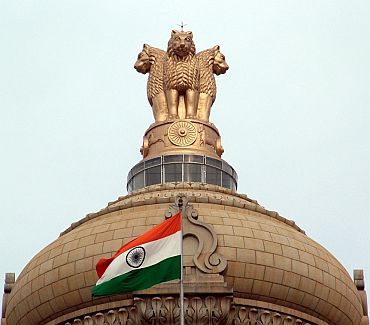In an ambitious bid to transform rural areas to economically, socially and physically sustainable spaces, the Union Cabinet approved the Shyama Prasad Mukherji Rurban Mission (SPMRM) as per announced in the budget 2014-15.
Project outlay – 5142.08 Crore
Aim
Development of rural growth clusters which have latent potential for growth, in all States and UTs, which would trigger overall development in the region.
– To create 300 Rurban growth clusters over the next 3 years.
Objective
To improve the quality of life of people in the cluster, bridging the rural-urban divide and reducing distress migration from rural to urban areas.
Replacement
This scheme will replace the PURA (Provision of Urban Amenities to Rural Areas) scheme which was failed because that was limited to private sector only.
Identification of clusters
The State Governments would identify the clusters in accordance with the Framework for Implementation prepared by the Ministry of Rural Development. The clusters will be geographically contiguous Gram Panchayats with a population of
– 25000 to 50000 in plain
– 5000 to 15000 in desert, hilly or tribal areas
Funding pattern
The funding for Rurban Clusters will be through various schemes of the Government converged into the cluster.
– SPMRM will provide an additional funding support of up to 30 percent of the project cost per cluster as Critical Gap Funding (CGF).
– In addition to the Critical Gap Funding, proactive steps have been taken to ensure the success of the mission with adequate budget provisions for supporting the State Government
- 14 components desirable for the cluster
| Sanitation | Village streets and drains |
| Upgrading education facilities | Agri Services |
| Street lights | Inter-village road connectivity |
| Digital Literacy | Provision of piped water supply |
| Providing citizen service centres | LPG gas connections |
| Solid and liquid waste management | Public transport |
| Citizen Service Centres | Fully equipped mobile health unit |
The Mission envisages institutional arrangements both at the State and Center to ensure smooth implementation of the Mission. The Mission also has an Innovation budget towards facilitating research, development and capacity building.





